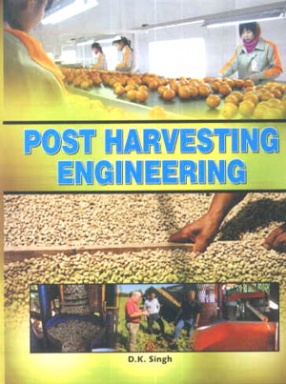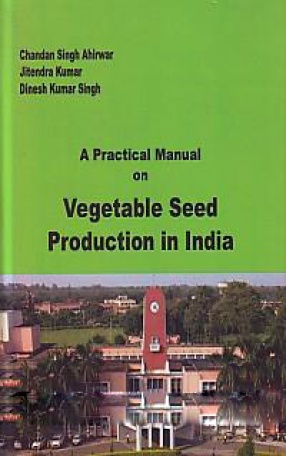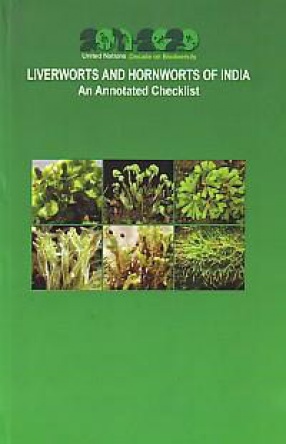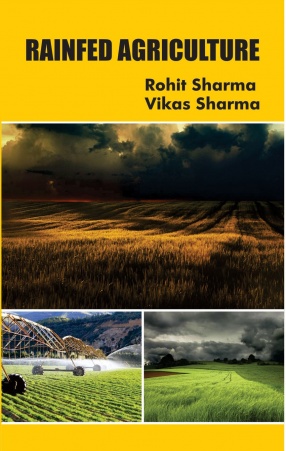Good temperature management is the most effective way to reduce post harvest losses and preserve the quality of fruits and vegetables. Desirable storage and transportation temperatures for major fruits and vegetables have been identified and published. Temperatures which are low, but not low enough to cause chilling injury, slow down physiological activity and hence the rates of senescence of the products. Low temperatures also reduce microbial growth rates and the rate of decay. Products harvested from hot fields often carry field heat and have high rates of respiration. Rapid removal of field heat by precooling is so effective in quality preservation that this procedure is widely used for highly perishable fruits and vegetables. Currently used precooling methods include room cooling, forced air cooling, water cooling, vacuum cooling, and package icing. Cooling equipment and technologies for large-scale operations in the United States are well described in Kader’s (1992) book. Smaller capacity equipment can be made using the same principles. Liu (1991) has made a brief summary of cooling principles and methods. Each chapter in the book is self-contained and is consistent with the general aim of the book. No doubt, the chapters given in this book shall help the teachers, students and social scientists to understand and explore more in the subject.
Post Harvesting Engineering
In stock
Free & Quick Delivery Worldwide
Bibliographic information
Title
Post Harvesting Engineering
Author
Edition
1st ed.
Publisher
Oxford Book Company, 2012
ISBN
9789350300862
Length
vi+296p., Bibliography; Index; 25cm.
Subjects








There are no reviews yet.